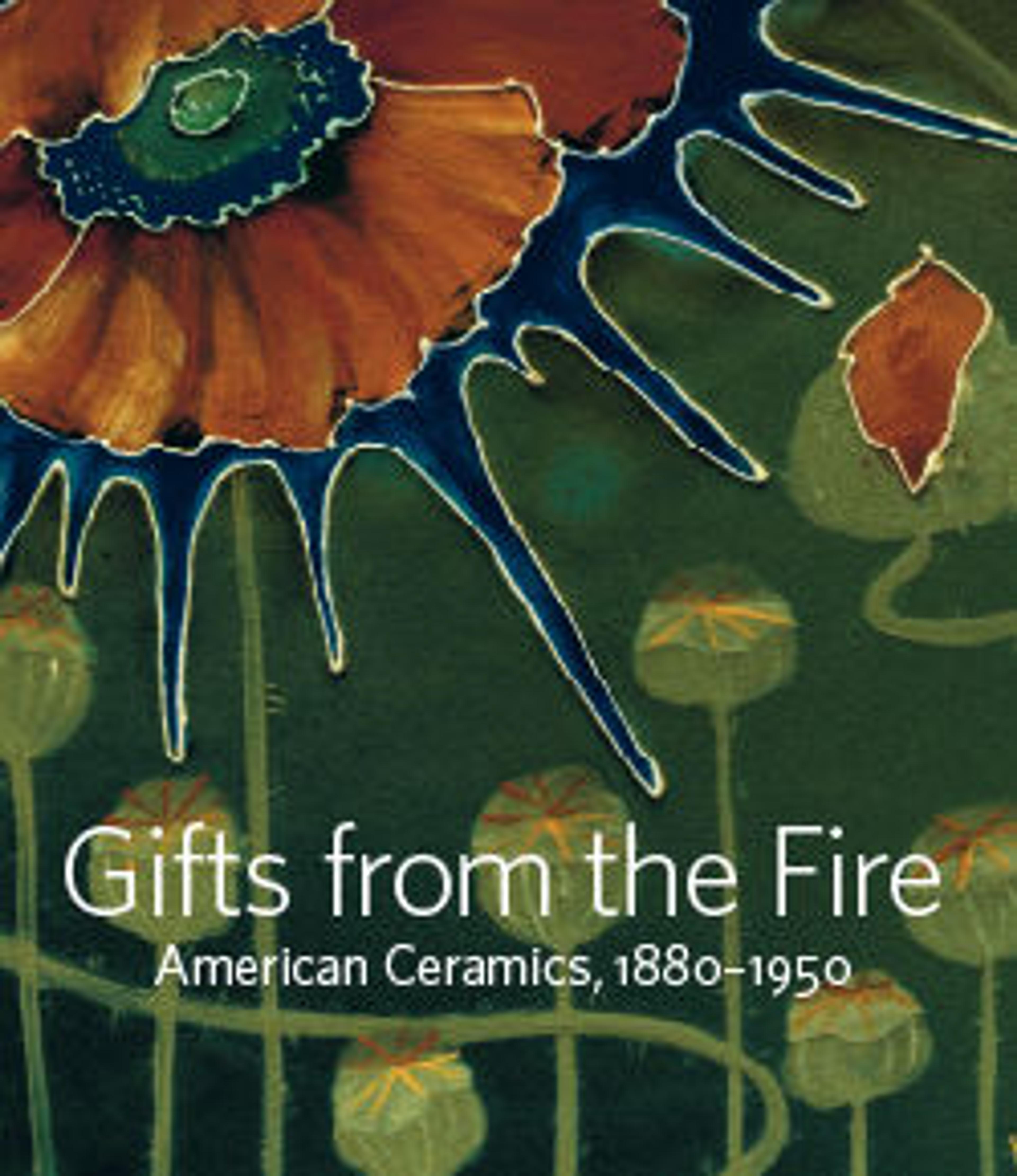Bowl
The Finnish-born Maija Grotell was one of the most influential potters working in the vessel tradition during the 1930s and 1940s. Even though a relatively large number of women had played important roles in the Art Pottery movement of the early twentieth Century, few female ceramists were active between the wars. Grotell was one of the exceptions. After first studying in her native Finland, in 1927 Grotell immigrated to the United States to study under master potter and influential teacher, Charles Fergus Binns at the New York State Clayworking School at Alfred University. Like so many other potters, Grotell soon began teaching to sustain her ceramics career. She worked in the crafts program at the Henry Street Settlement House in New York until she moved to Cranbrook in 1938; while in New York, she also taught at Rutgers University in New Brunswick, New Jersey, for two years beginning in 1936, where she made this striking bowl with abstracted leaves.
Artwork Details
- Title: Bowl
- Maker: Maija Grotell (American (born Finland), Helsinki 1899–1973 Pontiac, Michigan)
- Date: 1938
- Geography: Made in New Brunswick, New Jersey, United States
- Culture: American
- Medium: Stoneware
- Dimensions: H. 2 in.; Dia. 5 7/8 in
- Credit Line: Gift of Martin Eidelberg, 2020
- Object Number: 2020.64.35
- Curatorial Department: The American Wing
More Artwork
Research Resources
The Met provides unparalleled resources for research and welcomes an international community of students and scholars. The Met's Open Access API is where creators and researchers can connect to the The Met collection. Open Access data and public domain images are available for unrestricted commercial and noncommercial use without permission or fee.
To request images under copyright and other restrictions, please use this Image Request form.
Feedback
We continue to research and examine historical and cultural context for objects in The Met collection. If you have comments or questions about this object record, please complete and submit this form. The Museum looks forward to receiving your comments.
